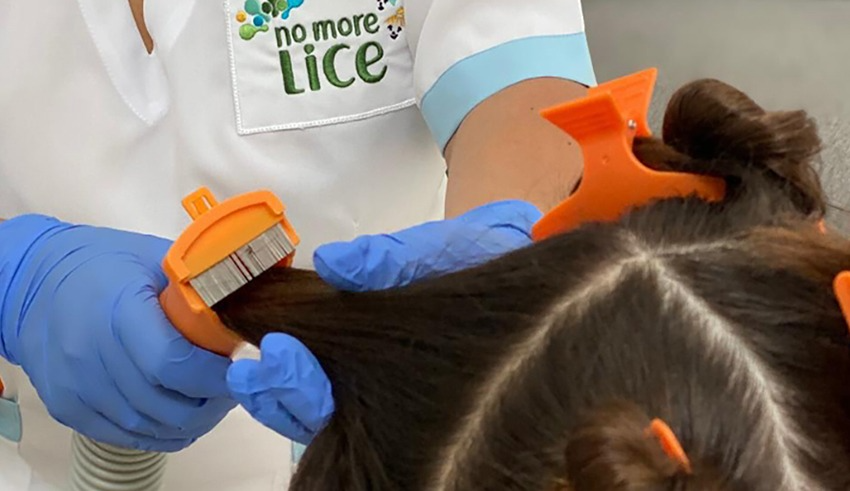Lice infestations are a common occurrence among children, causing discomfort and inconvenience. Understanding the causes of lice in kids is essential for prevention and effective treatment. In this article, we will explore the primary causes of lice infestations in children, shedding light on how these tiny parasites find their way onto young scalps. Find here the best lice treatment for kids near me.
Close head-to-head contact:
The most common cause of lice infestations in children is direct head-to-head contact. Lice cannot jump or fly but can crawl quickly from one person’s hair to another when their heads touch. Children often engage in activities promoting close contact, such as playing games, hugging, or taking group selfies, making them more susceptible to transmission of lice.
Sharing personal items:
Lice can also spread when children share personal items that come into contact with the head or hair. Common items include hats, combs, brushes, hair accessories, headphones, and helmets. Lice or their eggs (nits) can survive for a short period on these items, allowing them to transfer to another child’s hair when used or borrowed.
School and childcare facilities:
Schools and childcare facilities are prime environments for lice transmission due to the proximity of children. When an individual with an active lice infestation attends school or daycare, lice can easily spread to other children during activities or while sharing personal items. Lice can also cling to upholstered furniture, carpets, and bedding in these settings, facilitating their spread.
Lack of personal hygiene:
Contrary to common misconceptions, lice infestations are not a result of poor personal hygiene. Lice are equal opportunity pests and can infest anyone, regardless of cleanliness. Lice prefer clean hair because it is easier for them to move and lay eggs. Lice infestations should not be seen as an indicator of uncleanliness.
Prevention measures:
While it may not be possible to prevent lice infestations completely, certain preventive measures can significantly reduce the risk:
- Teach children about personal space and avoiding direct head-to-head contact with others.
- Discourage sharing personal items, particularly those that come into close contact with the head or hair.
- Regularly check your child’s hair and scalp for lice or nits, particularly after they have been in close contact with others with lice.
- Educate children on proper hygiene practices, such as not sharing hats, combs, or hair accessories.

